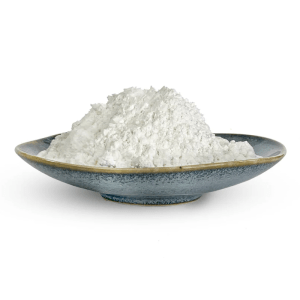Starch Sugar: Properties and Applications in Food Industry

# Starch Sugar: Properties and Applications in Food Industry
## Introduction to Starch Sugar
Starch sugar, also known as glucose syrup or corn syrup, is a sweetener derived from starch through hydrolysis. It is widely used in the food industry due to its functional properties and cost-effectiveness. The production process involves breaking down starch molecules into simpler sugars, primarily glucose, maltose, and higher saccharides.
## Chemical Properties of Starch Sugar
The composition of starch sugar varies depending on the degree of hydrolysis:
Keyword: Starch Sugar
– Dextrose Equivalent (DE): Measures the degree of starch conversion
– Viscosity: Affects texture and mouthfeel in food products
– Sweetness: Generally less sweet than sucrose
– Hygroscopicity: Ability to retain moisture
– Fermentability: Important for baking and brewing applications
## Types of Starch Sugar
### Glucose Syrup
Glucose syrup is the most common form of starch sugar, with DE values ranging from 20 to 95. It serves as a versatile ingredient in confectionery, baked goods, and beverages.
### High Maltose Syrup
This variant contains a high proportion of maltose (typically 45-70%) and is particularly useful in products requiring reduced crystallization and improved stability.
### High Fructose Corn Syrup (HFCS)
HFCS is produced by enzymatically converting some glucose into fructose, resulting in a sweeter product. It’s commonly used in soft drinks and processed foods.
## Functional Properties in Food Applications
Starch sugar offers several advantages in food formulation:
Texture Modification
It controls crystallization in candies and ice creams while providing body and viscosity to various products.
Humectancy
The hygroscopic nature helps retain moisture in baked goods, preventing staling.
Fermentation Substrate
Readily fermentable sugars support yeast activity in bread making and alcohol production.
Browning Reactions
Participates in Maillard reactions, enhancing color and flavor development in cooked foods.
## Major Applications in Food Industry
### Confectionery Products
Starch sugar prevents crystallization in hard candies, provides chewiness in gummies, and controls sweetness in chocolates.
### Baked Goods
It improves shelf life, enhances browning, and provides fermentable sugars for yeast activity in breads and pastries.
### Beverages
Used as a sweetener and bodying agent in soft drinks, energy drinks, and alcoholic beverages.
### Dairy Products
Enhances texture in ice creams and yogurts while preventing ice crystal formation.
### Processed Foods
Serves as a humectant in sauces, dressings, and canned fruits while providing balanced sweetness.
## Future Trends and Developments
The food industry continues to explore modified starch sugars with specialized functionalities. Recent developments include low-calorie variants, prebiotic syrups, and clean-label alternatives. As consumer preferences evolve, starch sugar manufacturers are adapting to meet demands for healthier formulations while maintaining the functional benefits that make these ingredients indispensable in food processing.